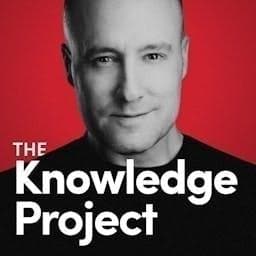Supercomputing has shifted from an esoteric and exotic part of technology to much more mainstream, mostly driven by AI. The massive amounts of computational power that once were reserved for the largest of computing problems in high performance computing (HPC), like weather and seismic analysis, are now commonplace in the world of AI. Analyst Gabriella Brown returns to talk about complex computing problems, quantum computing and photonics with host Eric Hanselman. SC25 has grown to over 16,000 attendees and almost 600 exhibitors, enough to sprawl across St. Louis' Americas Center and into its football stadium. As they mature, the next step in enterprise adoption is working out how all of these will work together. AI is tackling many problems, but quantum could address a whole different class of computing questions.
Quantum computing is scaling up and moving closer to becoming a key part of an everyday computing portfolio. Techniques like quantum annealing are finding practical applications today while pure-play quantum approaches are increasing the density and stability of their computing capabilities as they push for quantum advantage, the point at which they're doing things that classical computers can't. New areas like photonic computing were also on display at SC25, as well as all of the supporting infrastructure to power, house and cool HPC installations. As AI clusters head toward gigawatt power dissipation, they require specialized support.
More S&P Global Content:
- Cybersecurity, talent needs and ongoing adoption were key themes at Quantum.Tech USA 2025
- Access to quantum hardware remains cloudy, but more options are starting to appear
- Quantum computing and the future of data privacy
For S&P Global subscribers:
- 2026 Trends in Applied Infrastructure & DevOps
- Information security, cloud and AI vendors stand out as critical to businesses – Highlights from Vo…
- Quantum Computing Market Monitor & Forecast
- Quantum computing competitive landscape and market forecast: Expecting $6.5B by 2029
- Mea culpa — NVIDIA GTC brings quantum to the stage to help set the record straight
Credits
- Host/Author: Eric Hanselman
- Guests: Gabriella (Ellie) Brown
- Producer/Editor: Feranmi Adeoshun
- Published With Assistance From: Sophie Carr, Kyra Smith























































